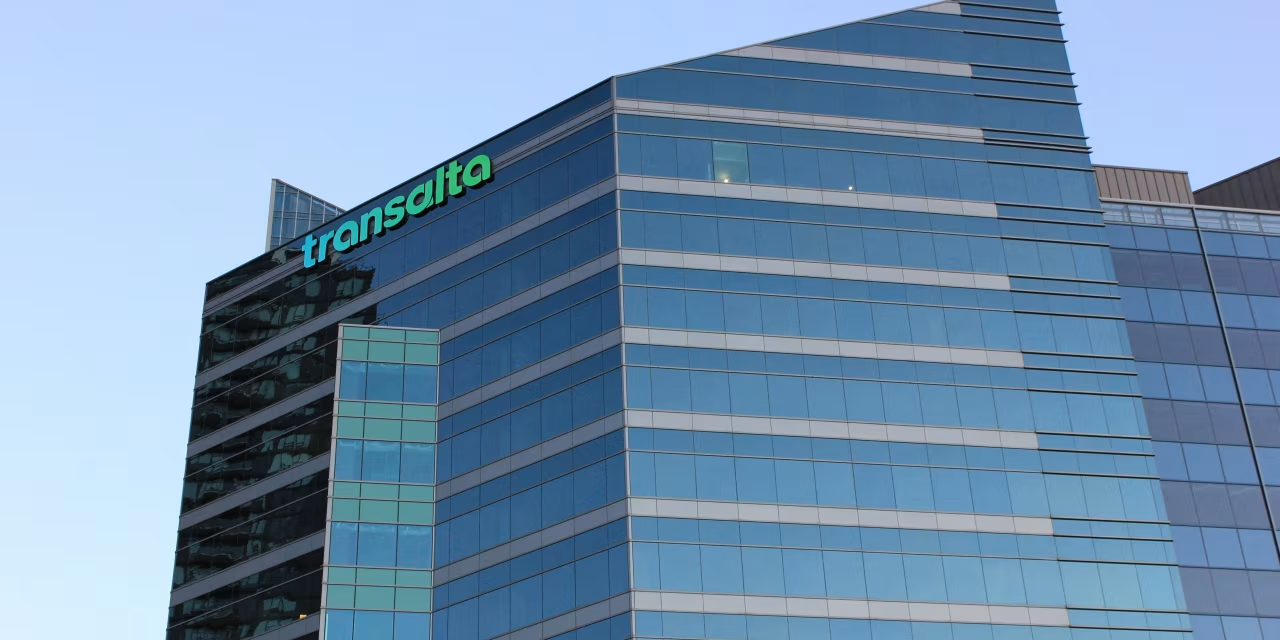CryptoCurrency
TransAlta Gets Energy Department Order to Keep Washington Coal-Fired Plant in Operation for 90 Days

TransAlta TA -1.98%decrease; red down pointing triangle has been ordered by the Energy Department to keep open for a 90-day period a coal-fired power station in Washington state that had been earmarked for closure.
The Canadian energy company said Wednesday it received an order from the U.S. Department of Energy mandating that unit 2 of its Centralia electricity-generating facility remain available for operation until March 16. It said it was evaluating the order and would work with state and federal governments.
Copyright ©2025 Dow Jones & Company, Inc. All Rights Reserved. 87990cbe856818d5eddac44c7b1cdeb8










